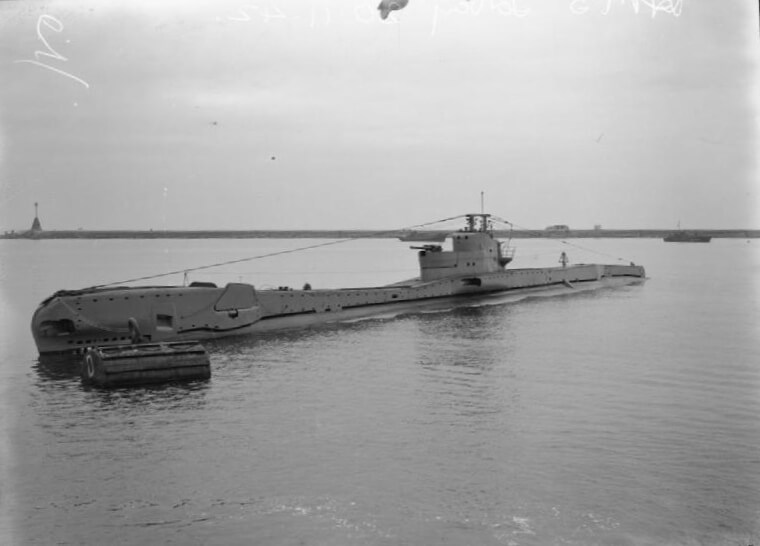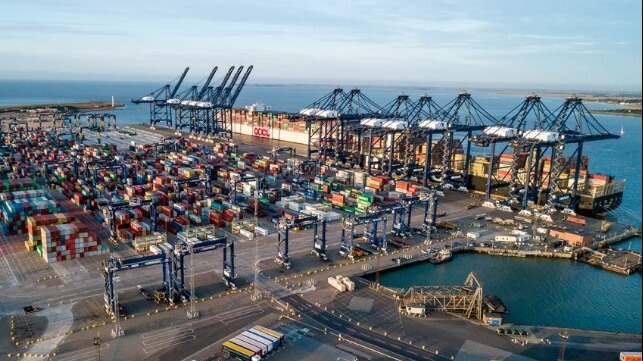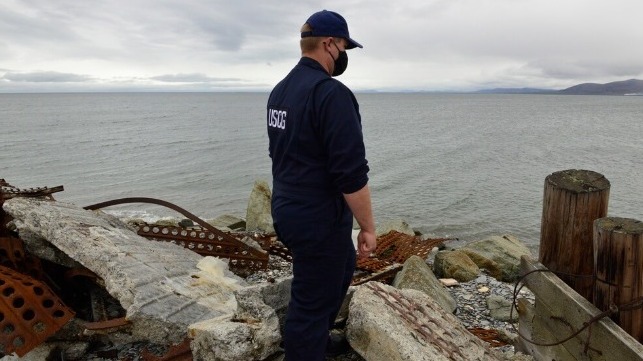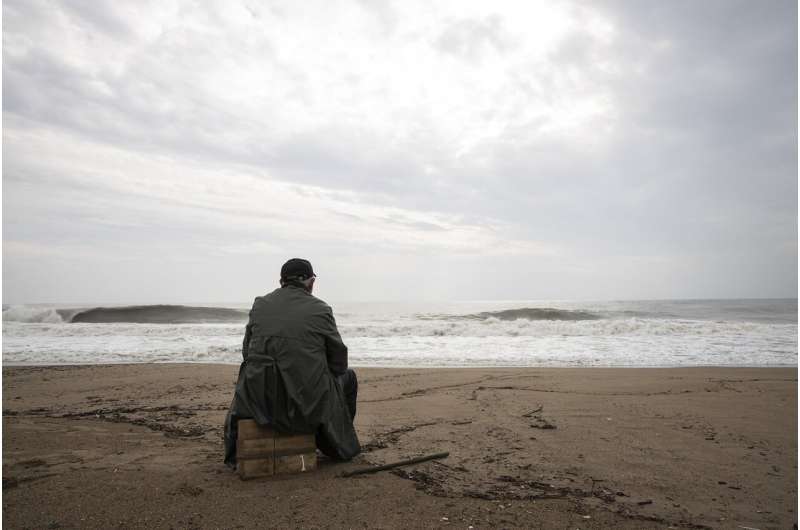Greg Hilburn, Lafayette Daily Advertiser
Tue, January 4, 2022

Photos of seedlings from the first crop of medical marijuana being grown in Louisiana.
Medical marijuana patients packed Louisiana's nine cannabis pharmacies on Monday, the first day of the expansion of the state's program to include the raw, smokable form of the medicine as an option, though many complained about the cost of the raw buds.
Until Monday Louisiana's only two legal growers — LSU AgCenter, Southern AgCenter and their private partners — could only produce the medicine in processed form like tinctures and edible gummies.
"It's an exciting day; it feels like the first day again from August 2019 when the first products became available," said John Davis of Good Day Farms, LSU AgCenter's private partner and grower.
There were some long lines and waits at the nine pharmacies across the state, according to media reports.
More: Louisiana lawmakers chide ag commissioner for slow pace of medical marijuana expansion
Business was brisk at Delta MedMar, northeastern Louisiana's cannabis pharmacy in West Monroe, though patients there were disappointed by the cost of the flower product.
"They said it would be cheaper, but it's not," said Corbet King, who drove an hour from Wisner and said the medicine treats both his pain from back and neck injuries suffered in a car wreck and his bipolar disorder.
"I've been waiting on the flower option," King said. "But this more than double the street price (of illegal weed)."
Delta MedMar was charging between $440 and $480 an ounce, according to a price sheet provided to USA Today Network by two patients. One ounce is generally enough for 84 pre-rolled cigarettes.
More: Waitr: Marijuana delivery plan moves forward, rebranding as ASAP | Business Buzz
The cost for one-eighth of an ounce of the flower product sold by the state's nine, regional monopoly pharmacies ranged from $35 in Lake Charles to $60 in West Monroe to $80 in New Orleans, according to various reports.
When the Louisiana Legislature voted last year to expand the program to include the raw product as an option for patients, one of the arguments was that it would be more affordable for patients because it bypasses processing.
Inhaling the medicine provides patients with faster relief for their medical conditions — 5 to 10 minutes compared to as much as an hour for ingestable forms like gummies.
Though neither Good Day Farms nor Ilera Holistic Healthcare has provided USA Today Network with their wholesale prices, Davis said the growers "are very focused on making sure the wholesale pricing is consistent with other states even though we aren't yet a mature market."
Davis said research shows if the retail price isn't within 20% of the illegal market, most people will continue to buy from the illegal market.
But the wholesale growers have no control over retail pricing by the pharmacies and Louisiana's medical cannabis law places no price restraints on the products.
"I feel like we were lied to," King said.
Greg Morrison, one of the owners of Delta MedMar, said retail pricing will likely drop as the market matures.
"When there are more patients and more products prices are going to be more affordable," Morrison said.
Republican state Rep. Tanner Magee of Houma, whose legislation expanded the program to include the flower product, said he was concerned about early pricing reports but wanted more information.
"It's the first day, but I'm going to monitor it and see if there needs to be adjustments moving forward," said Magee, who is also the No. 2 leader in the House as speaker pro-tem. "One of the primary reasons to expand the options in the program was to make the medicine more affordable and accessible."
Greg Hilburn covers state politics for the USA TODAY Network of Louisiana. Follow him on Twitter @GregHilburn1.
This article originally appeared on Lafayette Daily Advertiser: Louisiana's first smokable medical cannabis sold; patients balk at cost

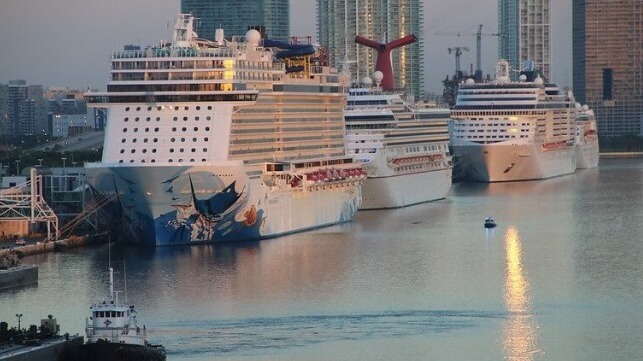
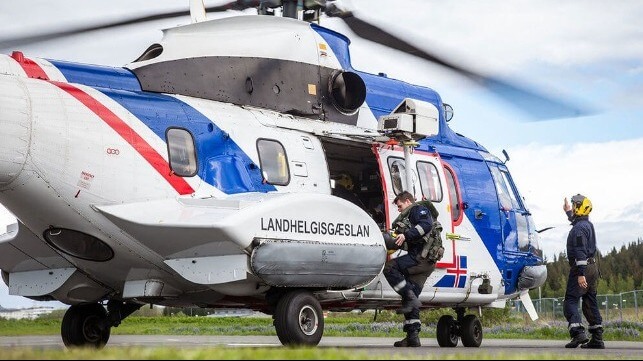
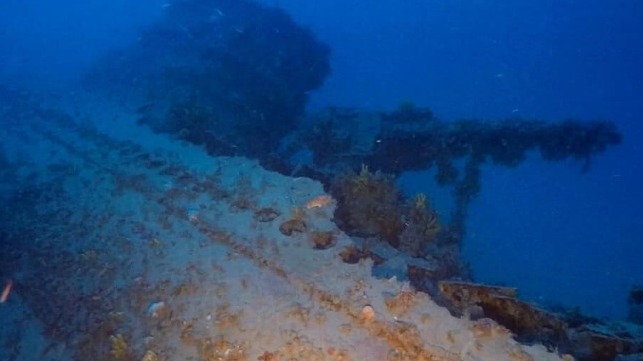
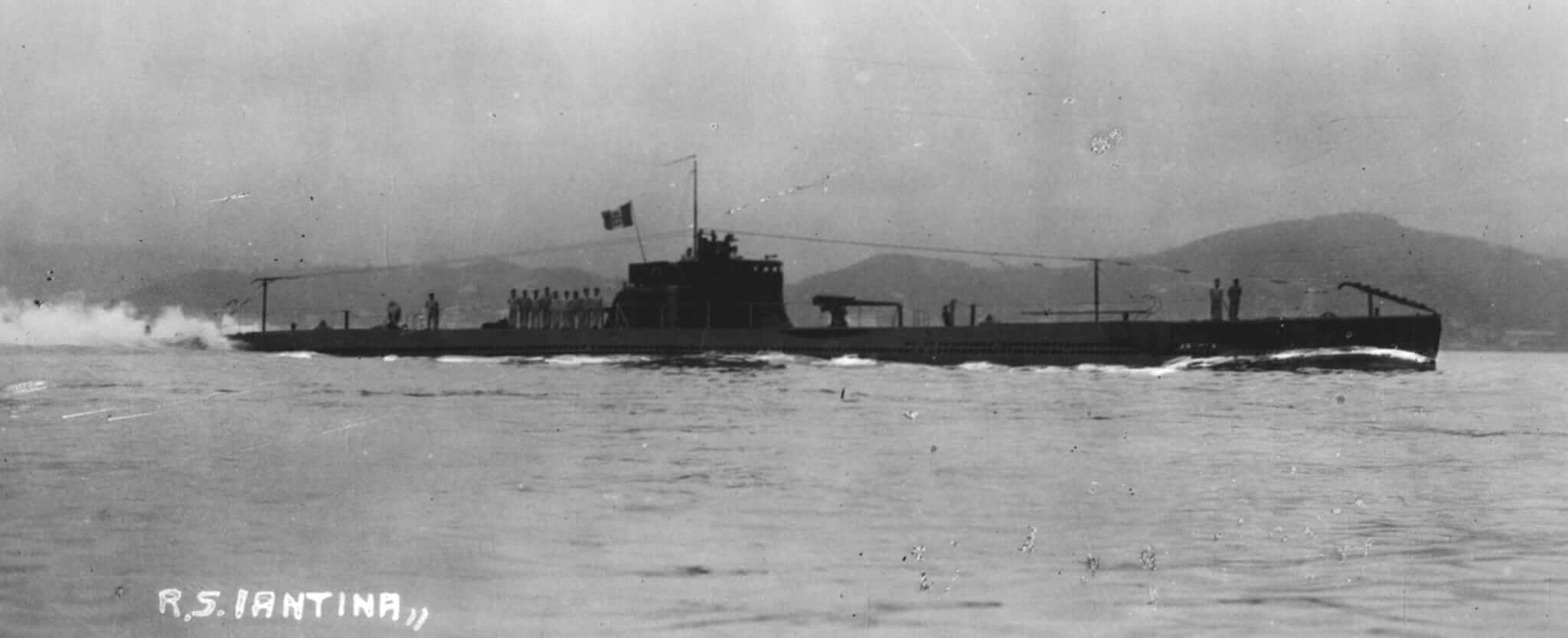 Marina Militare / Kostas Thoctarides
Marina Militare / Kostas Thoctarides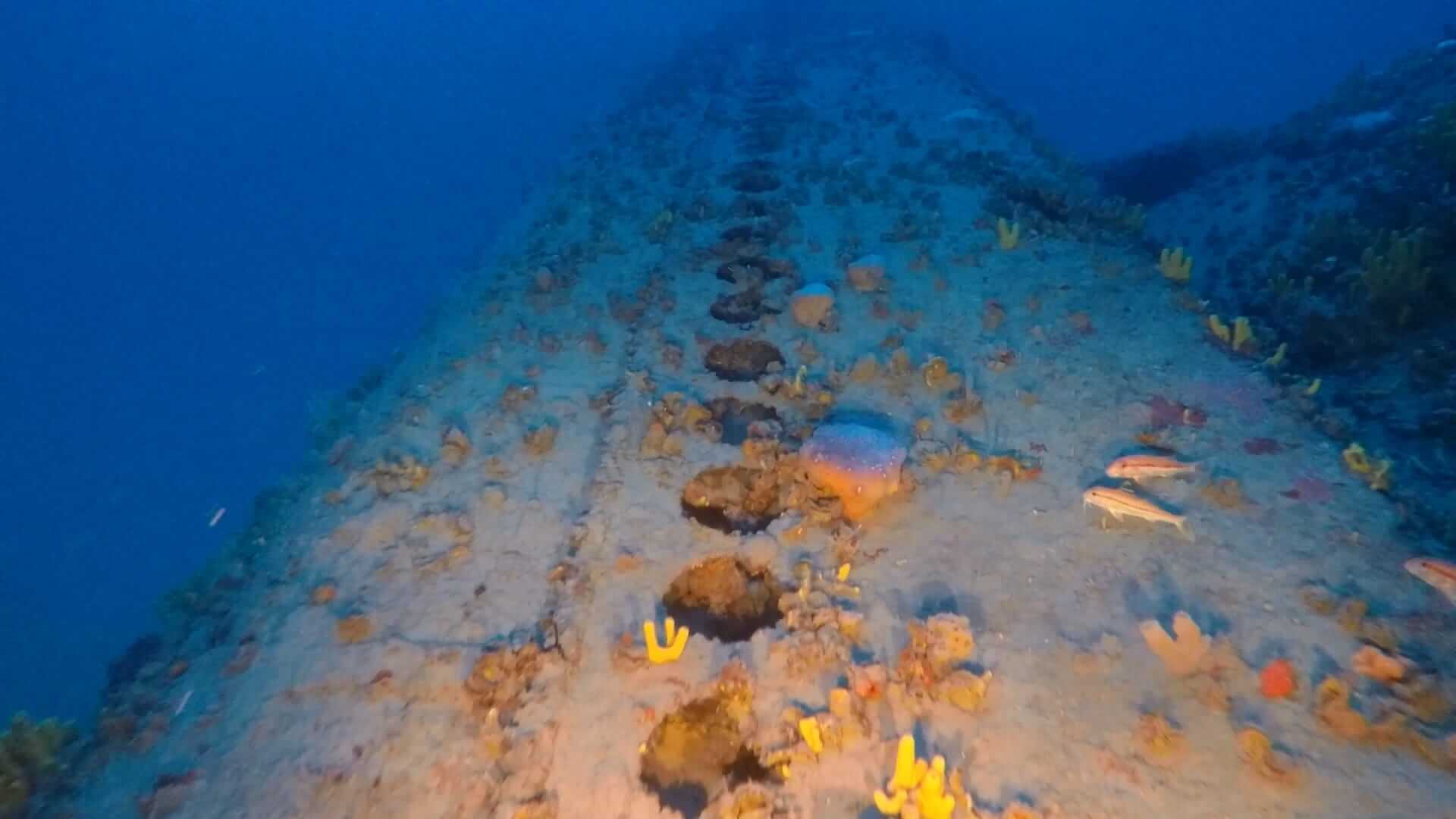 Kostas Thoctarides
Kostas Thoctarides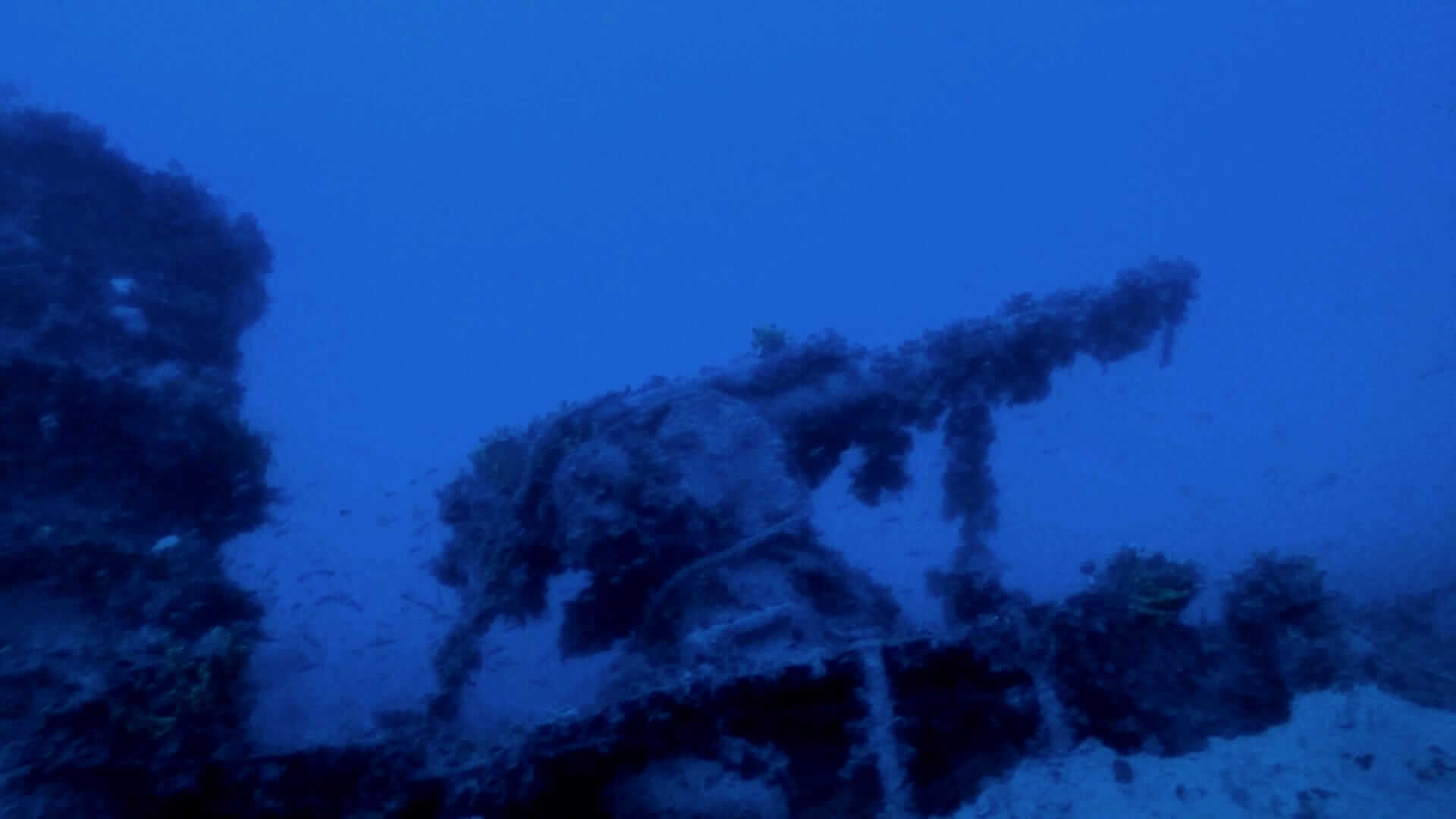 Kostas Thoctarides
Kostas Thoctarides